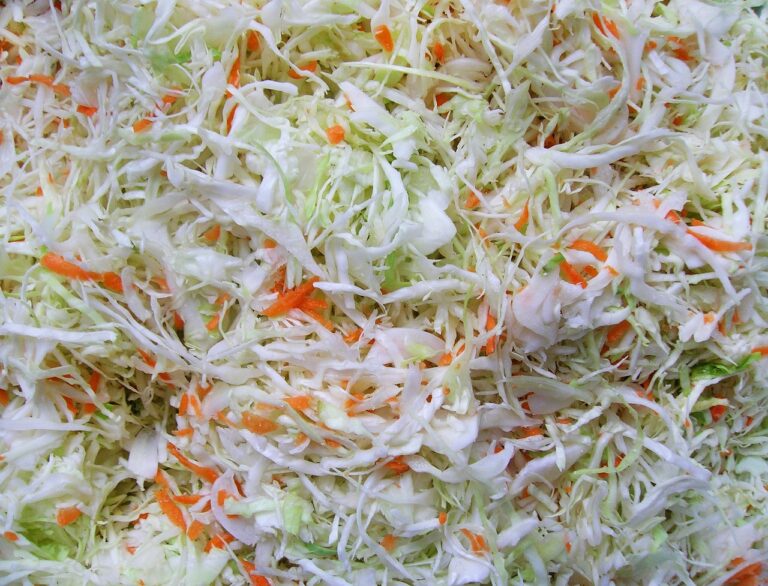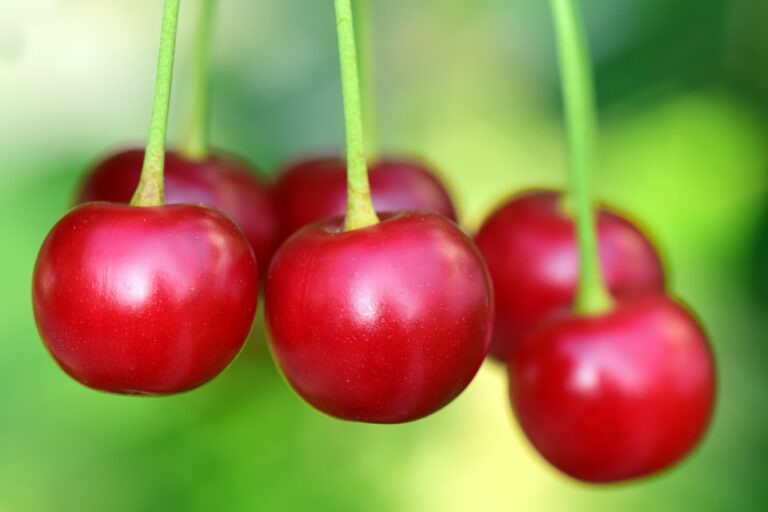The Rise of Artisanal Bread Baking: Rediscovering Ancient Grains and Techniques
Bread baking dates back thousands of years, with archaeological evidence suggesting that ancient civilizations in Egypt and Mesopotamia were among the first to bake bread. The process of grinding grains into flour, mixing with water, and then baking over fire was a revolutionary advancement in human history, providing a stable food source that could be stored for longer periods.
As societies developed, so did the techniques of bread making. The ancient Greeks and Romans further refined the process by adding yeast to the dough, resulting in lighter and fluffier bread. The Middle Ages saw the emergence of bakers as a profession, leading to the creation of various types of bread that were symbolic of social status. Throughout history, bread has played a central role in culinary traditions and cultural practices, shaping the way we eat and live today.
The Benefits of Using Ancient Grains
Ancient grains, such as spelt, einkorn, and teff, have gained popularity in modern baking due to their numerous health benefits and unique flavors. These ancient grains are minimally processed and retain more nutrients compared to modern wheat varieties, making them a nutritious choice for those seeking a healthier alternative in their baked goods. In addition, ancient grains are often easier to digest for individuals with gluten sensitivities, offering a suitable option for those looking to enjoy bread without discomfort.
The Role of Fermentation in Artisanal Bread
Fermentation plays a crucial role in the creation of artisanal bread. It is the process where yeast or bacteria break down sugars in the dough, producing carbon dioxide and alcohol. The carbon dioxide is what gives the bread its airy and light texture, while the alcohol contributes to the bread’s flavor profile.
During fermentation, enzymes present in the flour break down complex proteins into simpler compounds, which enhances the bread’s taste and texture. This process also helps develop gluten, a protein that gives the bread structure and elasticity. The longer the fermentation period, the deeper the flavors and the better the texture of the bread, making it a key element in the art of artisanal bread baking.
Fermentation is essential for creating the airy and light texture of artisanal bread
Enzymes in flour break down proteins, enhancing taste and texture
Gluten development during fermentation gives bread structure and elasticity
Longer fermentation periods result in deeper flavors and better texture
What is the history of bread baking?
Bread baking dates back thousands of years, with evidence of ancient civilizations like the Egyptians and Mesopotamians baking bread. Over time, different techniques and ingredients have been used to create a variety of breads.
What are the benefits of using ancient grains in bread making?
Ancient grains like spelt, einkorn, and Kamut offer unique flavors, textures, and nutritional benefits compared to modern wheat. They are also often easier to digest and may be better tolerated by individuals with gluten sensitivities.
How does fermentation play a role in artisanal bread?
Fermentation is a crucial step in artisanal bread making as it allows the dough to develop complex flavors, improve texture, and enhance digestibility. The process of fermenting the dough also helps to break down gluten and phytic acid, making the bread easier to digest.







